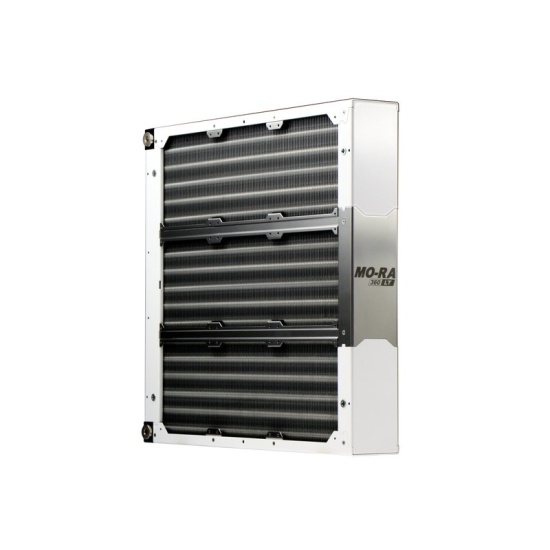

 Alphacool NexXxoS Monsta 120mm Radiator
Alphacool NexXxoS Monsta 120mm Radiator
| IN STOCK |
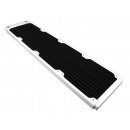 XSPC TX480 Ultrathin 480mm Radiator - White
XSPC TX480 Ultrathin 480mm Radiator - White
| IN STOCK |
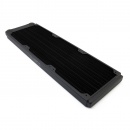 XSPC TX360 Ultrathin 360mm Radiator - Black
XSPC TX360 Ultrathin 360mm Radiator - Black
| IN STOCK |
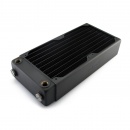 XSPC Xtreme Radiator RX240 V3 - 240mm Black
XSPC Xtreme Radiator RX240 V3 - 240mm Black
| IN STOCK |
 Alphacool NexXxoS Monsta 480mm Radiator
Alphacool NexXxoS Monsta 480mm Radiator
| IN STOCK |
 XSPC TX240 Crossflow Ultrathin 240mm Radiator - Black
XSPC TX240 Crossflow Ultrathin 240mm Radiator - Black
| IN STOCK |
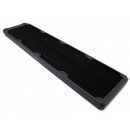 XSPC TX480 Ultrathin 480mm Radiator - Black
XSPC TX480 Ultrathin 480mm Radiator - Black
| IN STOCK |
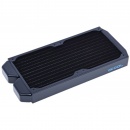 Alphacool NexXxoS ST30 Full Copper 240mm Radiator
Alphacool NexXxoS ST30 Full Copper 240mm Radiator
| IN STOCK |
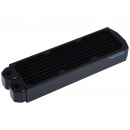 Alphacool NexXxoS XT45 Full Copper 80mm Triple Radiator
Alphacool NexXxoS XT45 Full Copper 80mm Triple Radiator
| IN STOCK |
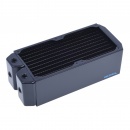 Alphacool NexXxoS Monsta 240mm Radiator
Alphacool NexXxoS Monsta 240mm Radiator
| IN STOCK |
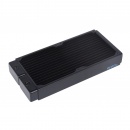 Alphacool NexXxoS V.2 XT45 Full Copper 280mm Radiator - Black
Alphacool NexXxoS V.2 XT45 Full Copper 280mm Radiator - Black
| IN STOCK |
| DIMENSIONS | 415.5 mm |
| WEIGHT | 6.5 kg |
| COLOR | Black, White |
| MATERIAL | Aluminium, Copper, Stainless steel |
| SUPPORTED FANS | N |